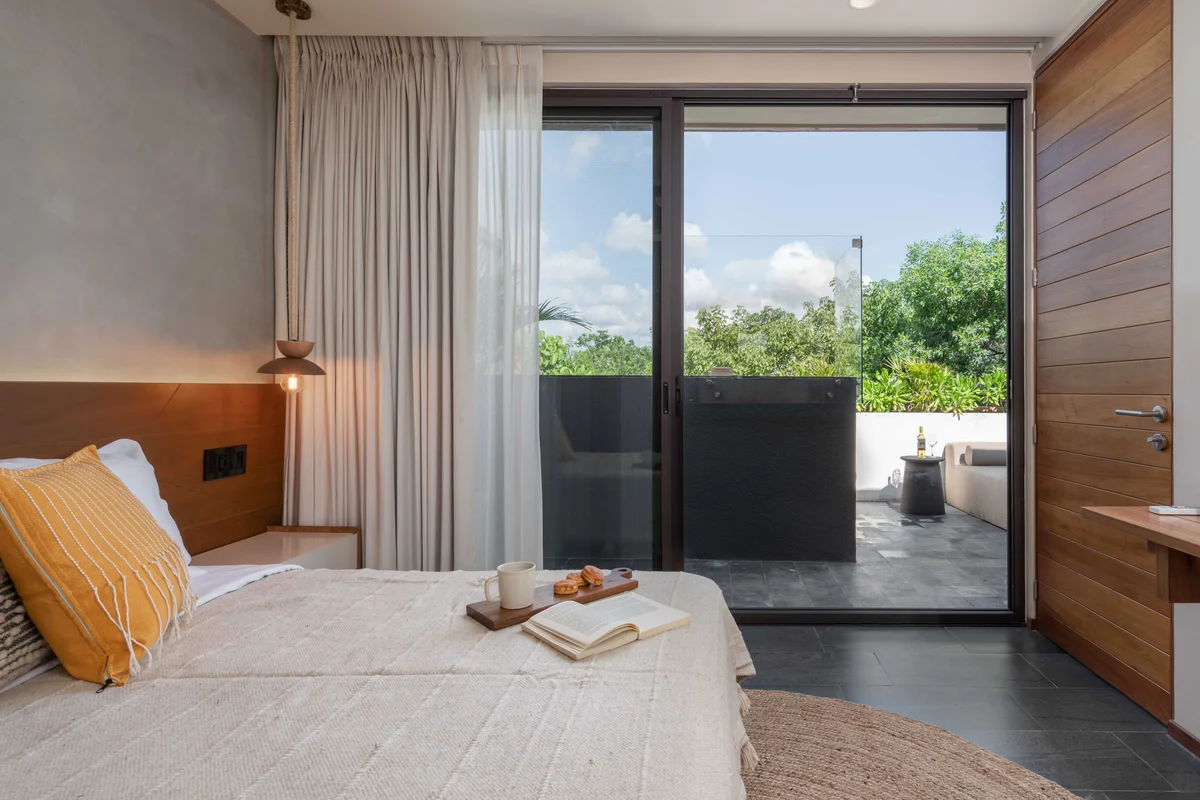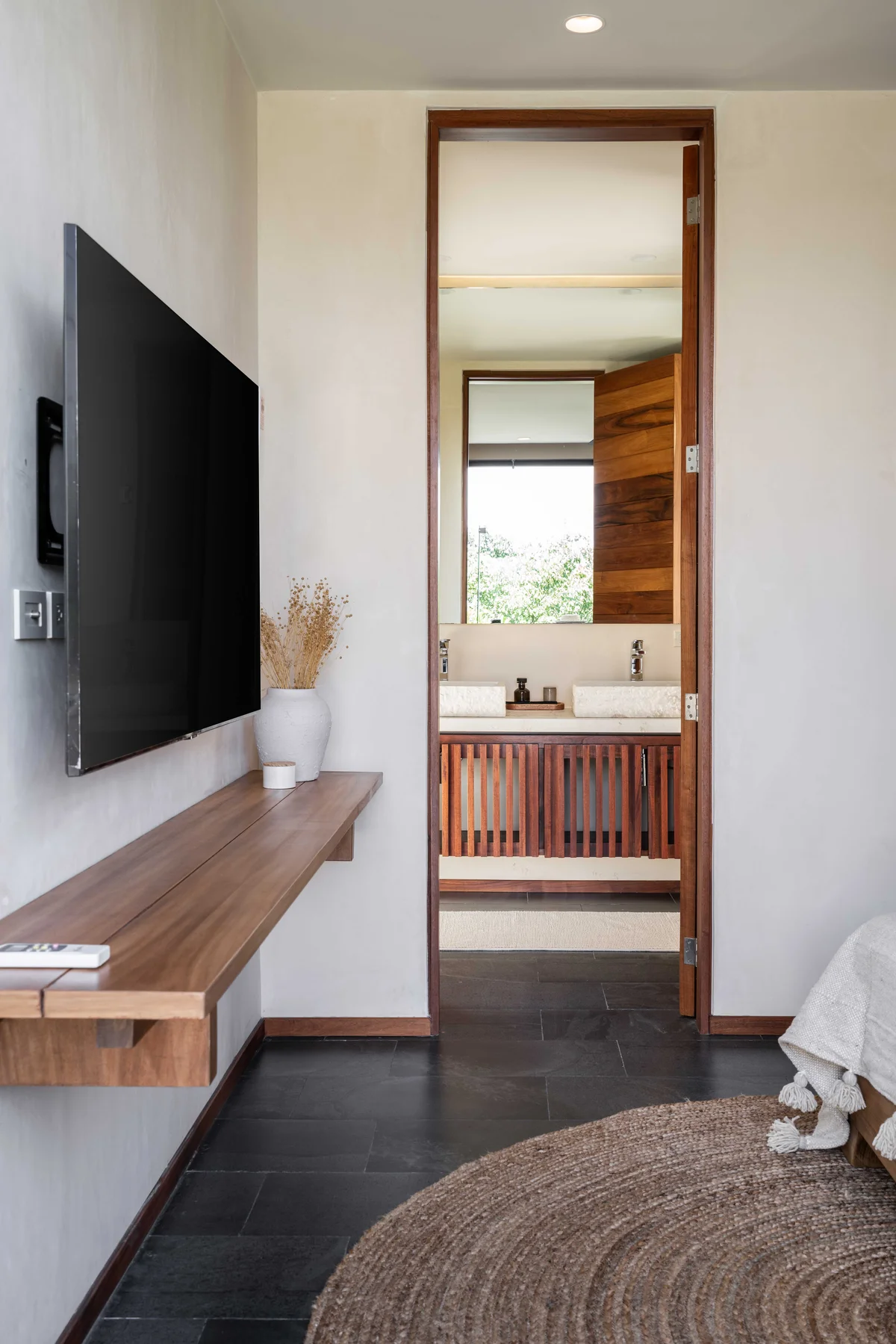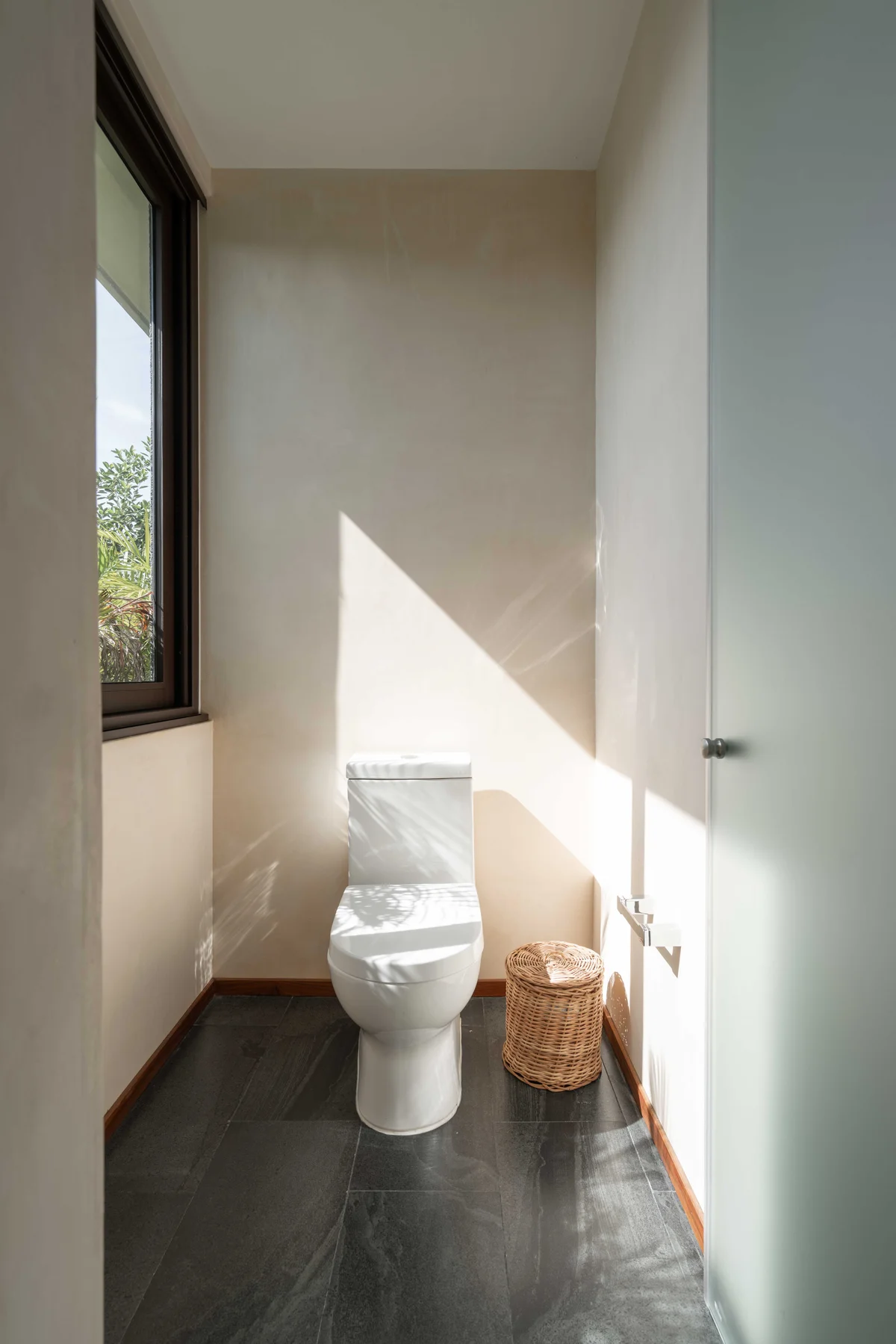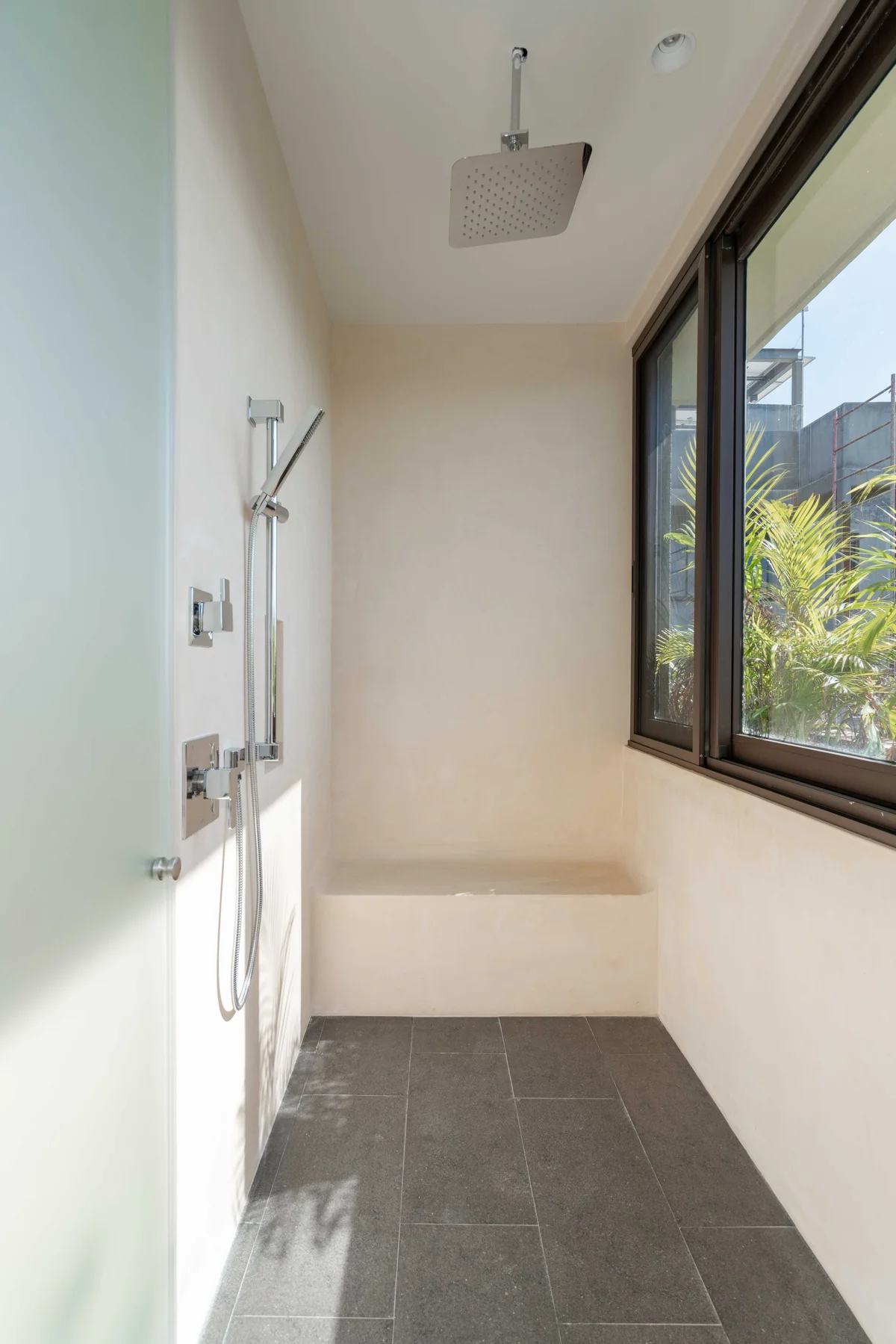Eco-Chic Luxury Retreat: Securing a Defensible Asset in Tulum's Correcting Market
The investment thesis is to acquire a premium, differentiated asset within a market undergoing a severe correction. As of Q4 2025, Tulum is defined by a critical oversupply of condominium inventory and a confirmed
40% drop in demand
, which has collapsed the short-term rental market. This environment presents a strategic entry point for a specific investor profile. The Miraluna asset, leveraging a unique wellness ecosystem and a high-touch service model, is positioned to target a resilient premium buyer and rental clientele for its larger 2 and 3-bedroom units. Critically, in a market characterized by stalled projects, this development has achieved a
95% sold-out status
, providing definitive proof of product-market fit and a significant de-risking of the remaining inventory.
🛡️ Foundational Market Strengths (Beta)
Despite the acute short-term market dislocation, the investment is supported by structural, long-term market drivers that underpin the region's future valuation potential. These factors provide a baseline of stability against the current cyclical downturn.
-
Strategic Infrastructure Completion:
The recent operational launch of the Tulum International Airport and the Tren Maya rail system represents a fundamental enhancement to regional accessibility. These projects are long-term catalysts expected to drive future tourist and investor demand once market equilibrium is restored.
-
Enhanced Urban Core:
The conclusion of the 2022 PACTUM 32-month mobility plan has delivered substantial improvements to city infrastructure. While specific investment figures were not itemized in the provided data, the qualitative impact of new sidewalks and an extensive network of cycle paths has tangibly improved livability and long-term asset value.
-
Enduring Global Brand Equity:
Tulum maintains a powerful global brand as a wellness and luxury destination. This established reputation provides a resilient demand floor, particularly within the premium segment, insulating it from the most severe impacts felt in the commoditized rental market.
-
Demonstrated Niche Resilience:
Market intelligence confirms that the luxury and eco-niche sectors in Tulum remain resilient. Data indicates that luxury villas and eco-conscious projects continue to attract premium rental rates, validating the existence of a durable, high-end demand segment despite the broader market correction.
💎 Competitive Advantages (Alpha)
The asset's defensibility is not reliant on a general market recovery but is instead engineered through a set of specific, non-replicable attributes that create a competitive moat. These drivers are designed to capture a disproportionate share of the market's most resilient demand segment.
-
Exceptional Market Absorption:
Achieving a
95% sold status
on 57 of its 60 total units is the most salient indicator of this asset's superior positioning. In a market context defined by a
40% contraction in demand
and widespread project stalls, this sales velocity provides empirical validation of the product's value proposition and significantly de-risks the acquisition of the final available units.
-
Integrated Wellness Ecosystem:
The property’s amenity stack, featuring a Cenote heated pool, Temazcals, a Yoga Center, and hydrotherapy facilities, is a highly differentiated offering. It directly targets the wellness-focused luxury niche, a segment identified as commanding premium rental rates and attracting a buyer profile less affected by the general market downturn.
-
Curated Beach Club Access:
By providing guaranteed transportation and access to exclusive beach clubs, the asset directly mitigates the primary disadvantage of its non-beachfront location. This high-value service is a logistical and contractual advantage that is difficult for competing condominium projects to replicate.
-
Hotel-Grade Concierge Services:
The provision of comprehensive, high-touch services including valet, pre-arrival purchasing, and tour reservations elevates the asset above standard condo offerings. This hotel-like service level justifies premium pricing and attracts a discerning clientele that values convenience and luxury over pure cost.
📈 Strategic Outlook & Risk Analysis
-
🔴 Primary Market Risk:
A critical oversupply of condominium inventory, evidenced by a
40% slowdown in demand
, which has crashed the short-term rental market and stalled new projects.
-
🔴 Inventory Exposure:
The asset's available inventory of 2 and 3-bedroom units is partially insulated from the most severe oversupply, which is concentrated in one and two-bedroom apartments. However, the 2-bedroom unit faces direct, intense competition, while the larger 3-bedroom units may appeal to a less-saturated market segment. Overall, the inventory remains exposed to the broad market downturn and depressed rental yields.
-
🟢 Strategic Confidence:
The analyst's confidence is rated as
Moderate. The asset's powerful wellness and service-oriented alpha drivers create a defensible niche targeting the premium market segment. However, they are unlikely to fully insulate the investment from the severe city-wide demand shock and plummeting rental yields.
-
🟢 Core Rationale:
The asset's unique Alpha Drivers are positioned to insulate it from broader market pressures, enabling it to capture a disproportionate share of high-quality demand.
🎯 Ideal Investor Profile
This opportunity is exclusively suited for an opportunistic, long-term cash investor with a high tolerance for risk and a
5 to 10-year investment horizon
. The ideal party is not reliant on immediate rental income, given that current market-wide yields often only cover expenses. This profile is further refined to a sophisticated buyer who understands brand and product differentiation. The strategy is to acquire a high-quality, uniquely amenitized asset at a cyclical low, capitalizing on market distress—evidenced by resale discounts of
35-40%
in prime nearby areas—with a specific plan to capture the resilient, premium wellness tourism segment rather than competing in the oversupplied general rental market. Given the projected slowdown in the U.S. economy to
1.6% GDP growth
in 2025, a cash position is critical to avoid the high borrowing costs impacting the primary buyer pool.









